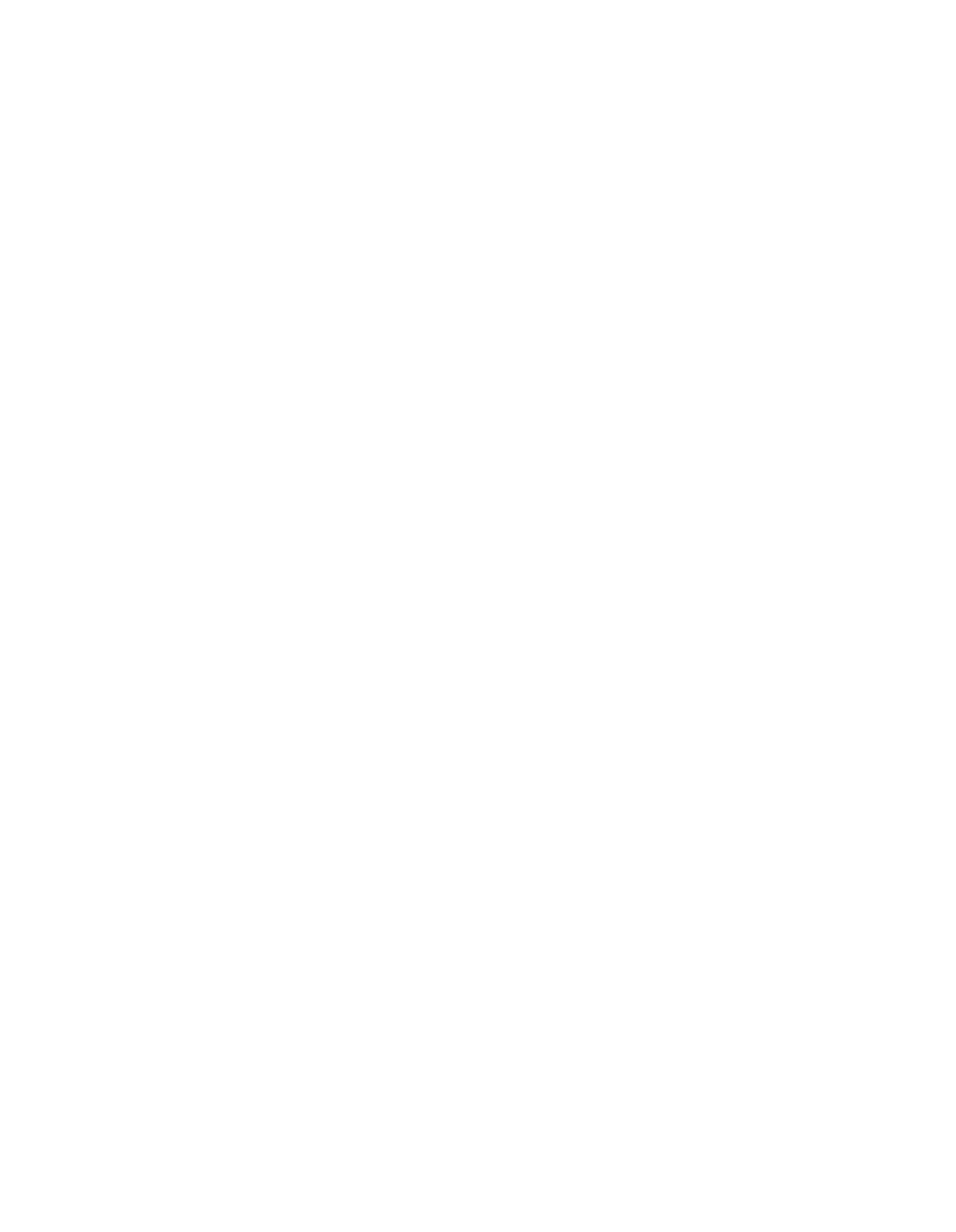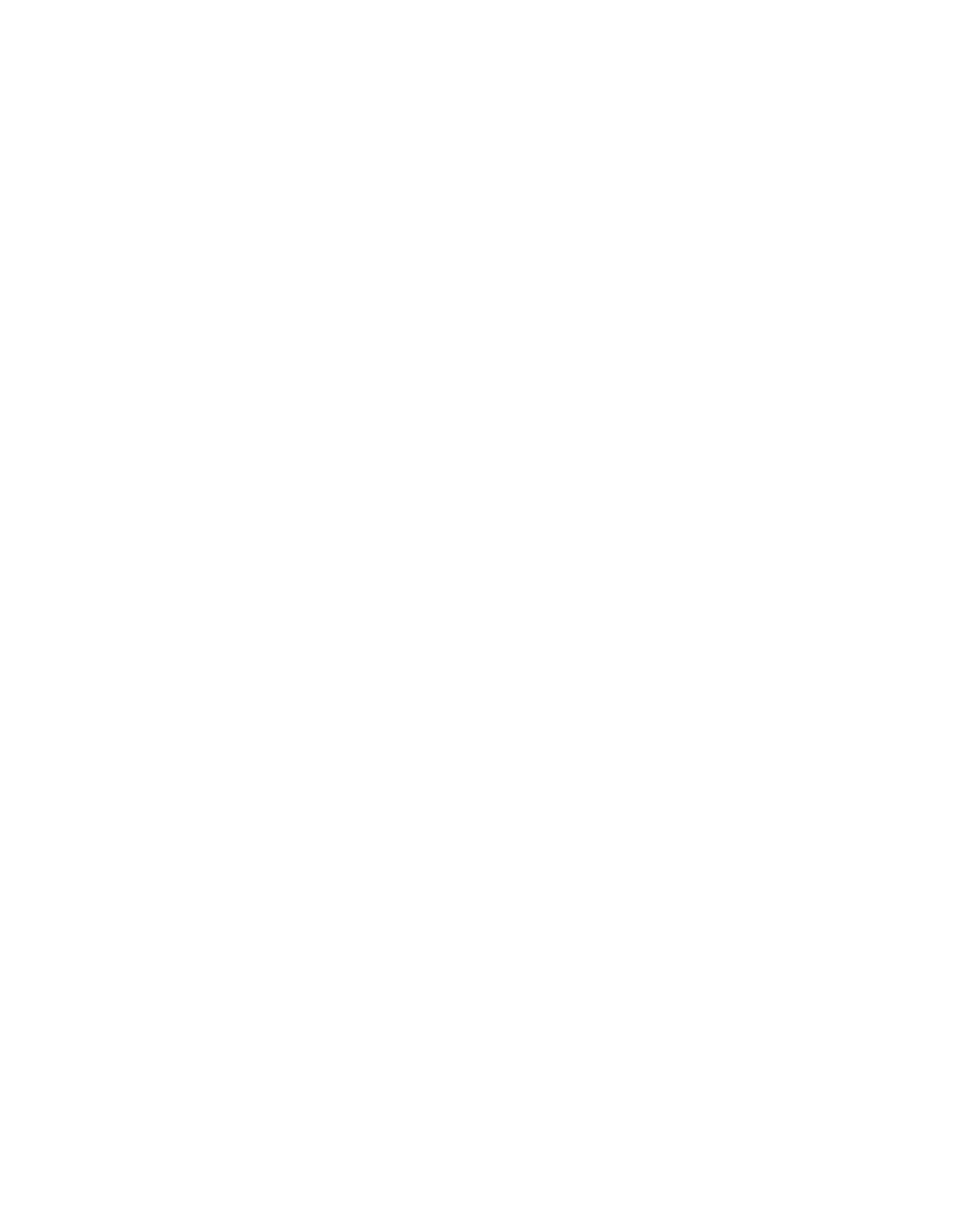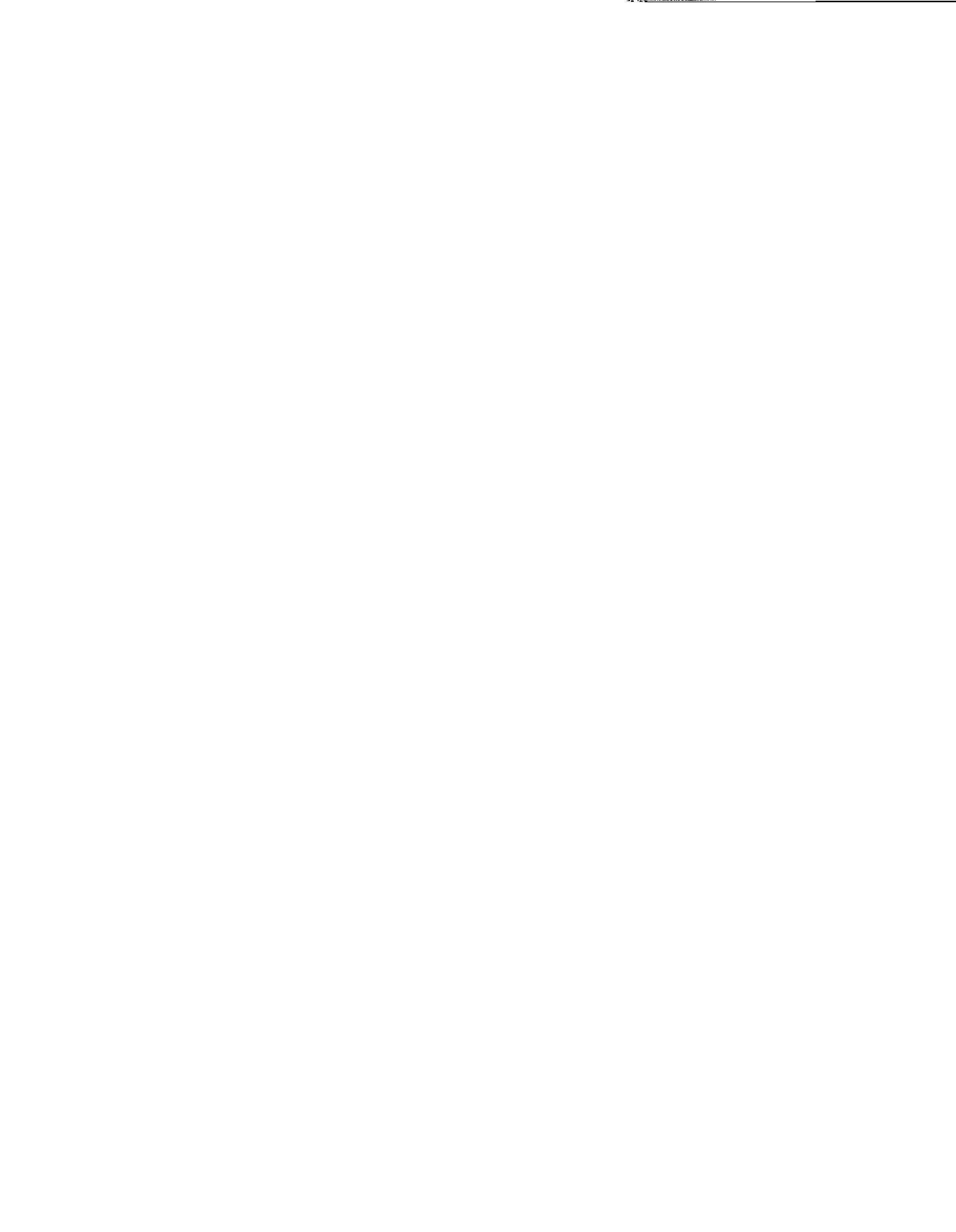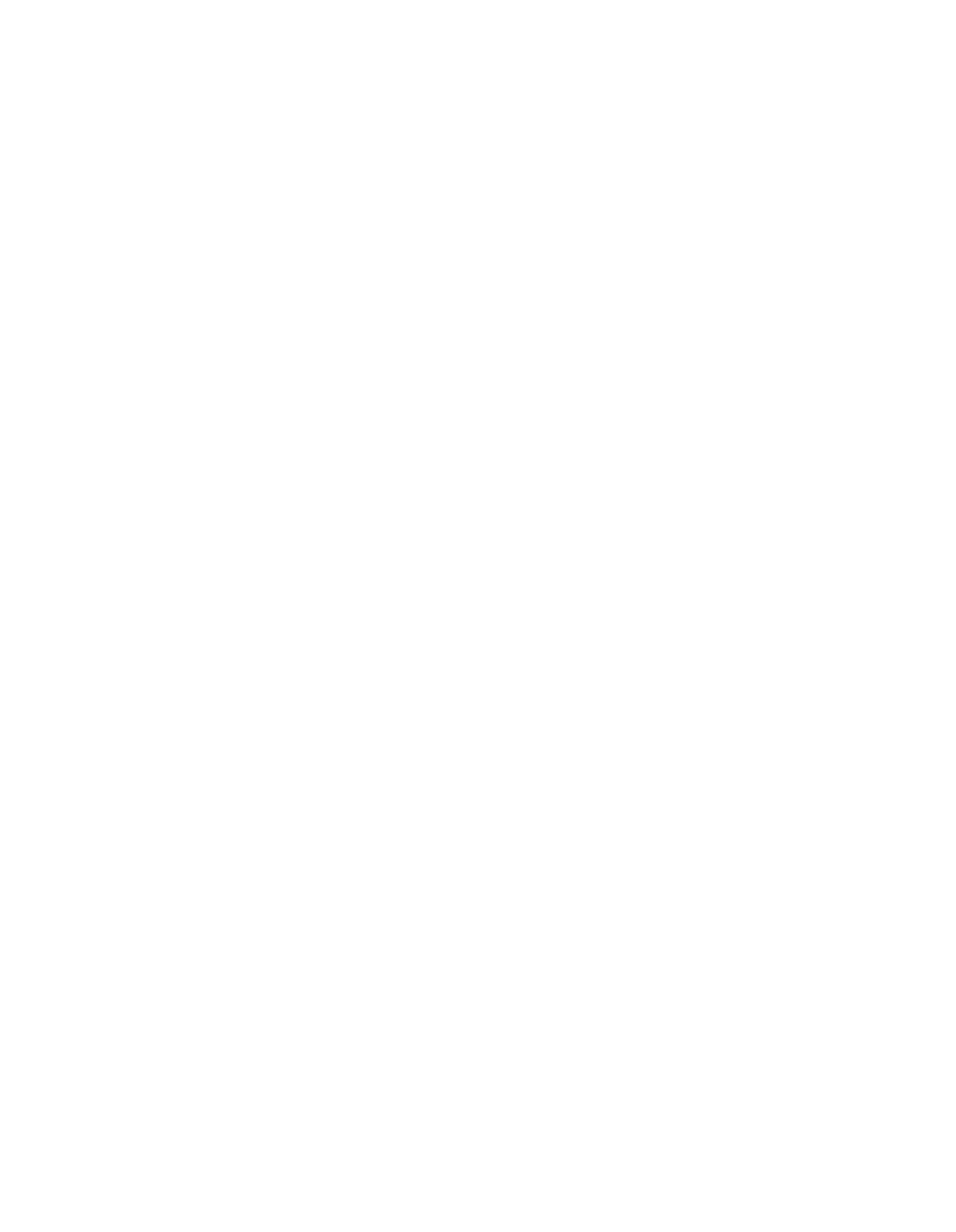IN THE MATTER OF:
PROPOSED
NEW AND
UPDATED
RULES FOR MEASUREMENT
AND
NUMERICAL SOUND EMISSIONS
STANDARDS
AMENDMENTS TO 35 ILL. ADM.
CODE 901-
AND
910
NOTICE OF FILING
TO:
Ms. Dorothy M. Gunn
Clerk of the Board
Illinois
Pollution Control Board
100 West Randolph Street
Suite 11-500
Chicago, Illinois 60601
(VIA
HAND
DELIVERY)
Division of Legal Counsel
Illinois Environmental Protection Agency
1021 North Grand Avenue East
Post Office Box 19276
Springfield,
Illinois 62794-9276
(VIA FIRST
CLASS
MAIL)
(PERSONS ON ATTACHED SERVICE LIST)
PLEASE TAKE NOTICE that on May 31, 2005, I filed with the Office of the Clerk of
the Illinois Pollution Control Board an original and nine copies each ofAppearance of
Patricia
F. Sharkey and Comments of tlke Village of Bridgeview, copies of which are hereby served
upon you.
Dated:
May 31, 2005
Respectfully submitted,
VILLAGE OF BRIDGEVIEW
Patricia F. Sharkey
Mayer, Brown, Rowe &
Maw LLP
190
South LaSalle Street
Chicago, Illinois
60603-3441
(312) 782-0600
By:
~~i~om~s
BEFORE THE ILLINOIS POLLUTION CONTROL BOARD
RECEIVED
CLERK’S OFFICE
MAY 31
2005
STATE OF ILLINOIS
Pollution
Control Board
)
)
)
)
R03-09
)
(Rulemaking
—
Noise)
)
)
THIS DOCUMENT HAS BEEN PRINTED ON RECYCLED PAPER
RECEIVED
CLERK’S OFFICE
BEFORF
TH~
~
CONTROL BOARD
MAY
312005
STATE OF ILLINOIS
IN
THE
MATTER OF:
)
Pollution Control Board
)
PROPOSED NEW AND UPDATED
)
RULES FOR MEASUREMENT AND
)
R
03-09
NUMERICAL SOUND EMISSIONS
)
(Rulemaking
-
Noise)
STANDARDS
)
AMENDMENTS TO 35 ILL. ADM.
)
CODE9O1-AND91O
)
ENTRY OF
APPEARANCE
OF
PATRICIA F. SHARKEY
NOW COMES PATRICIA F. SHARKEY, and hereby enters her appearance in this
matter on behalf of the Village of Bridgeview.
Respectfully submitted,
By:_____
P~tncia
F.
Sharkey
Dated:
May 31, 2005
Patricia F. Sharkey
Mayer,
Brown, Rowe & Maw LLP
190 South LaSalle Street
Chicago, Illinois 60603-3441
(312) 782-0600
THIS DOCUMENT HAS BEEN PRINThD ON RECYCLED P~wER
RECEIVED
BEFORE
THE
CLERK’S
OFFICE
ILLINOIS POLLUTION CONTROL BOARD
“i’
312005
STATE OF ILLINO~~
1N
THE
MATTER OF:
)
POlI~tio~
Control Board
)
PROPOSED NEW AND UPDATED RULES
)
FOR MEASUREMENT AND NUMERICAL
)
R 03-09
SOUND EMISSIONS STANDARDS
)
(Rulemaking
-
Noise)
AMENDMENTS TO 35 ILL. ADM. CODE
)
901 AND91O
)
COMMENTS
OF THE VILLAGE
OF BRIDGEVIEW
Bad science and misleading evidence should not be admissible in nuisance cases
any more than it is in numeric violation cases.
By this rulemaking, which was initiated to codify scientifically supported
standards fornoise measurement, the Board on its
own motion has apparently made a
decision to
codify unreliable science as admissible in nuisance cases.
The Village of
Bridgeview, the Illinois Association of Aggregate Producers, and now Dr. Schomer, have
come forward to point out the troublesome nature ofthis decision.
(See Public
Comments #
10,
12 and
16.)
Rather than codify the bad past practice of accepting
unreliable noise measurements in evidence, the Board should take this
opportunity to
make it clear that a nuisance complainant, just like a complainant in
a numeric violation
case, bears the burden of presenting valid evidence supporting his or her claim,
If he or
she chooses
to submit sound measurement evidence, it should be admitted
only if it meets
the criteria that will now be specified in Part 910.
It is misleading to the complainant,
prejudicial to the Board’s decisions, and fundamentally unfair and costly to the defendant
to adopt a rule granting special status to Radio Shack type sound measurements in
nuisance cases.
Dr. Schomer states “There is really no substitute for clear, uniform standards.”
(Public Comment #
16, p. 7.)
This is true as a legal matter as well as a scientific matter.
Where noise measurements are considered as evidence in
a legal proceeding, controlling
case law
and the rules of evidence require that those measurements must meet the
standards for scientifically valid evidence.
As Dr. Schomer’s comments point out, Radio
Shack “manufacturer’s instructions” do not provide the information necessary to ensure
valid measurements.
(Public Comment # 16.)
Evidence obtained based on
“manufacturer’s instructions”
that don’t reflect the accepted “principles and methods”
for accurate sound measurement should be deemed “unreliable” and inadmissible before
the Board just as it would be in
a court of law.
Daubert v. Merrell Dow Pharmaceuticals,
Inc~
501
U.S. 579 (1993).
THIS DOCUMENT HAS BEEN PRINTED ON RECYCLED PAPER
Noise measurement is a complicated business, as the Board itself recognizes and
Dr. Schomer’s latest comments make clear.
(See Opinion and Order at p.
4 and Public
Comment # 16.)
Acoustics is, in fact,
afield ofscience
in which expertise is required.
The standards for determining the
reliability of scientific evidence must be applied
before such evidence is admitted in an legal proceeding.
In Daubert v. Merrell Dow
Pharmaceuticals, Inc., 501 U.S.
579 (1993), the Supreme Court held that a trial judge
must play a “gate keeping” role to insure that “any and all
testimony or evidence
admitted is not only relevant but reliable.”
Daubert further stated that “In
a case
involving scientific evidence, evidentiary reliability will be based upon scientific
validity.”
This is a matter of
admissibility,
not simply a matter of the weight to be
attributed to
the evidence.
In matters of the admissibility of scientific evidence, the
Board, like a court, is required to play a “gate-keeper” role,
and to exclude purported
scientific evidence that doesn’t meet the standard ofreliability.
This principle is well
expressed in Federal Rule ofEvidence 701 which
requires that experts may testify
only
“if (1) the testimony is based upon
sufficientfacts or data,
(2) the testimony is
the
product ofreliable principles and methods,
and (3) the witness has
applied the principles
and methods reliably
to the facts of the case.” emphasis
added.
The Board recognizes the fundamental legal principle articulated in Daubert for
noise cases alleging numeric violations, but retreats from
a “sound science” approach
when the same evidence is offered in a nuisance case.
How can this be justified?
The
fact that this evidence may be offered by a lay person or is offered to “corroborate” other
more subjective claims
doesn’t change the factthat it is purported scientific evidence
which
is not admissible except in compliance with the rules governing the admissibility
of scientific evidence.
Numeric measurements offered to “corroborate” nuisance
allegations are either valid evidence or.they are not.
if invalid, they will mislead the
decision maker.
By allowing “quick and dirty” sound measurements to be used in a nuisance case,
theBoard is actually encouraging unfounded lawsuits.
Dr. Schomer points
to an example
ofa citizen who was focused on noise from an air conditioner and confirmed his
conclusion with readings from
a handheld sound measuring device that gave misleading
readings because they were not corrected for backgroundnoise.
(Public Comment # 16.)
The defendant in
that case was required to defend itself and incur the expense of a
professional noise expert to determine the true noise levels associated with the air
conditioner because the complainant was allowed to bring
a spurious suit based on
inaccurate information at very little cost.
In its March
17, 2005 Opinion and Order (Proposed Rule. Second First Notice),
the Board justifies holding noise measurements submitted-in nuisance cases to a lower
standard, saying: “The Board will assign appropriate weight to sound measurement data
submitted in
any nuisance noise complaint based on the information in
the hearing record
and in
accordance with the provisions of the Act.”
(Id. p. 5)
As
noted above, the
admissibility ofevidence
is
a preliminary question on which the proponent bears a
burden of proof.
It is not a matter of assigning weight to the evidence.
-2-
THIS DOCUMENT HAS BEEN PRINTED
ON RECYCLED PAPER
How can the Board evaluate purported scientific evidence if the proponent ofthat
evidence isn’t required to demonstrate that it was obtained in
accordance with sound
scientific “principles and methods?”
It would appear that the Board is relying on the
defendant to find and expose the problems in
a complainant’s hand held sound
measurements.
This a fundamental shift in the burden ofproof.
Furthermore, what
guarantee does the Board have that a defendant will have the means to hire a professional
noise expert to rebut unreliable noise measurements-taken by a complainant?
As the
Board knows, many noise complaints involve one resident complaining about another.
In
those cases, the Board’s approach would shift the costs associated with sound
measurements from the complaining resident to the defending resident
—
notjust
to a
defending business.
Unless the defendant hires a noise consultant to provide evidence of
problems with a complainant’s Radio Shack sound measurements, the Board won’t have
evidence to weigh or a record on which to determine the validity of those measurements.
Without a record, can the Board question or discount the Radio Shack noise
measurements later on its
own initiative?
Will
the record support such a finding?
Dr. Schomerpoints out in his
comments the very significant impact of factors
such as ambient noise,
wind and location can have on sound measurement.
He also
points out that the manufacturers instructions for the handheld, A-weighted monitoring
devices with which
he is familiar do not alert users to these factors.
(Public Comment
# 16.)
He notes that measurements taken with such devices without accounting for
ambient noise, wind and location may not even be “in the ballpark.”
Absent a Board rule
telling a noise complainant that this information needs to be recorded and distinguished,
complainants will not be alerted to the need for this information to support their
measurements.
For example, if the wind speed and direction at the time of the
measurements was not recorded by the complainant, would the Board automatically
discount the measurements in
some fashion?
if so, shouldn’t the Board’s rule make it
clear that wind speed and direction must be recorded?
Similarly, if ambient noise is not
noted and distinguished, how can the Board or a defendant, for that matter, ever
determine what noise source was actually being monitored
and how to account for
ambient noise.
Simply put, the Board cannot know what the complainant doesn’t know
about those measurements.
Again,
if the Board would conclude that measurements that
don’t account for background noise are unreliable evidence, isn’t it misleading to a
nuisance complainant not to
state that in the regulations?
The admission of “scientific” evidence which does not meet the standards
required under Daubert also jeopardizes Board decisions on appeal.
Any decision to
admit scientific evidence is a matter subject to
de novo
review by the Appellate Court.
Daubert v. Merrell Dow Pharmaceuticals, Inc., 951
F.2d 1128,
1129-30
(9t~~
Cir.1991).
Once “scientific” evidence has been admitted in the record without the required showing
of admissibility, prejudice has occurred and the decision
is subject to reversal regardless
of whether the Board says it disregarded it.
All of the Daubert considerations, apply not only to the sound measurements
themselves, but also to the party taking the sound measurements.
As
stated in Federal
Rule ofEvidence 701,
reliability of evidence is
premised in part on evidence that “the
-3-
THIS DOCUMENT HAS BEEN PRINTED ON RECYCLED PAPER
witness has
applied the principles and methods reliably
to the facts of the case.”
In the
Opinion and Order, the Board expressed concern that the record did not provide standards
fordetermining the qualifications of professionals in the field of sound measurement.
The Board was concerned that the requirement in the Agency’s Part 951
rules that
persons taking sound measurements be
“trained and experienced in the current techniques
and principles of sound measurement and in the selection and operation of sound
measuring instrumentation” is too vague.
We believe that some standard is better than no
standard and disagree that the Agency’s standard is too vague to be applied.
But if the
Board remains concerned about this standard, rather than adopt no standard, it should
incorporate one ormore of the standards provided in Dr.
Schomer’s recent comments.
Dr. Schomer indicates that there are a number of professional organizations that have
established standards for education and experience in the field of noise measurement,
including Board Certification by the Institute ofNoise Control Engineering of the USA,
Inc.,
membership in the Acoustical Society of America; and/or firm membership in the
National Council of Acoustical Consultants.
CONCLUSION
For all of the above reasons, the Board should reconsiderits decision to allow
Radio Shack type sound measurements or any other sound measurements that do not
meet the standards proposed to be incorporated in
Part 910 to be admitted to corroborate
claims made in noise nuisance cases.
Further, the Board should require that noise
measurements used in any Board proceeding be taken by qualified professionals.
Attachment A hereto provides the regulatory language which the Village of
Bridgeview proposes to amend and supplement the Board’s proposal language.
Respectfully submitted,
Villag
,oèBri
geview
By One ofIts Attorneys
Patricia F. Sharkey
Mayer, Brown, Rowe &
Maw
190 South LaSalle Street
Chicago, Illinois
60603
(312) 782-0600
-4-
THIS DOCUMENT HAS BEEN PRINTED
ON
RECYCLED PAPER
ATTACHMENT A
PROPOSED AMENDATORY LANGUAGE
Section 910.101
Persons conducting or supervising sound measurements must be trained and experienced
in the current techniques and principles of sound measurement and in the selection and
operation of sound measuring instrumentation as evidenced by:
a. Board Certification by the Institute ofNoise Control Engineering ofthe USA,
b. Membership in the Acoustical Society ofAmerica; and/or
c. Firm membership in the National Council of Acoustical Consultants.
Section
9 10.104
Measurement Techniques of 35
Ill.
Adm.
Code 900
Sound pressure level measurements are not required to establish a violation of 35 Ill.
Adm. Code 900.102 (nuisance noise). However, sound pressure level measurements may
be introduced as corroborating or rebuttal evidence when alleging a violation of 35
Ill.
Adm.
Code 900.102
is alleged. If sound pressure level measurements are collected,
manufacturcr’G in~truction3
must be followed for the equipment used and 35 Ill. Mm.
Code 910.105
may be used a~
guidance in gathering data. introduced,
such measurements
must have been obtained in
accordance with the measurement techniques provided in
35
Ill.
Adm. Code 9 10.105 by or under the supervision of persons with the training and
experience provided in
35 Ill. Adm.
Code 9 10.101.
THIS DOCUMENT HAS BEEN PRINTED ON RECYCLED PAPER
CERTIFICATE OF SERVICE
I, PatriciaF. Sharkey,
an attorney, hereby certify that I have served the attached
Appearance of Patricia F. Sharkey
and Comments of
the Village ofBridgeview,
upon:
Dorothy M. Gunn
Clerk of the Board
Illinois Pollution Control Board
100 West Randolph Street
Suite 11-500
Chicago, Illinois 60601
(Hand Delivery, Original
+
9
copies)
Howard 0. Chinn
Chief Engineer
Office of the Attorney General
188 West Randolph Street,
20th
Floor
Chicago, illinois 60601
(U.S. Mail)
Thomas G. Safley
Hodge, Dwyer, Zeman
3150 Roland Avenue
P.O. Box 5776
Springfield,
IL
62705-5776
(U.S. Mail)
Robert C. Wells
Wells Environmental Systems
2061 Gladstone
Wheaton,IL
60187
(U.S. Mail)
Marie Tipsord
Hearing Officer
Illinois Pollution Control Board
100 West Randolph Street
Suite 11-500
Chicago, Illinois 60601
(Hand Delivery)
Kyle Rominger
Division of Legal Counsel
Illinois Environmental Protection Agency
1021
North Grand Avenue East
Post Office Box
19276
Springfield, Illinois
62794-9276
(U.S. Mail)
Robert A. Messina
General Counsel
Illinois Environmental Regulatory Group
3150 Roland Avenue
Springfield,
IL
62703
(U.S. Mail)
as indicated above, by hand delivery or by depositing said document in
the United States Mail,
postage prepaid, in Chicago, Illinois on May 31, 2005.
PatriciaF. Sharkey
Mayer, Brown, Rowe & Maw LLP
190 South LaSalle Street
Chicago, Illinois
60603-3441
(312) 782-0600
\
\
Pa~Jricia
F. Shark~y
THIS DOCUMENT HAS BEEN PRINTED ON
RECYCLED PAPER








